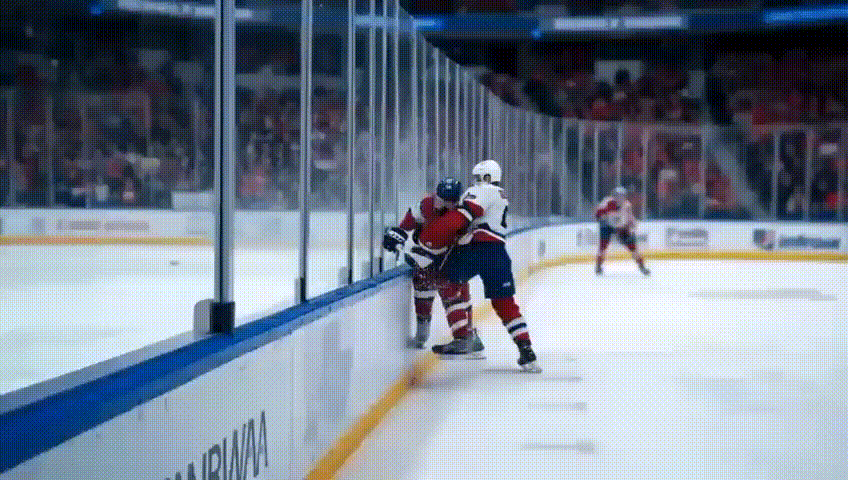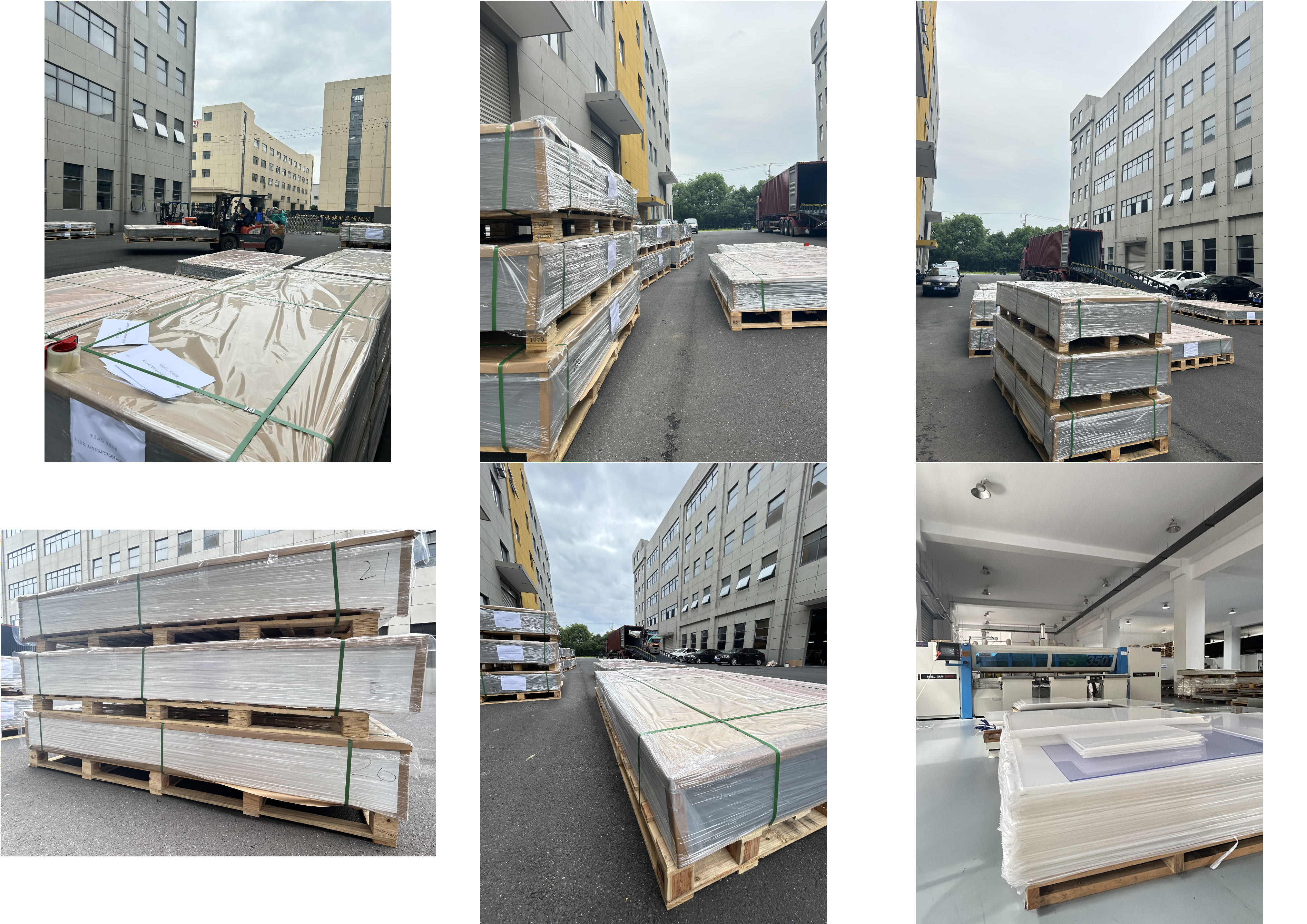Views: 0 Author: Site Editor Publish Time: 2016-04-20 Origin: Site
Hey there, ice rink pros! If you’ve been in the rink game for a while, you’ve probably noticed a big change on the horizon. No, it’s not about fancier skates or smarter hockey sticks—it’s about the shields keeping players and fans safe. Ice rinks are ditching old-school tempered glass for modern materials like acrylic and polycarbonate. Why the switch? What’s so special about these new kids on the block? Let’s lace up and skate through the reasons why ice rinks are upgrading their shields, and why polycarbonate, in particular, is stealing the show.
Picture this: it’s the early 20th century, and you’re watching a hockey game through… chicken wire. Yup, that’s right—ice rinks used to be surrounded by flimsy wire mesh. Can you imagine trying to follow a puck through that? It was like watching a game through a birdcage. Not only was visibility terrible, but it offered little protection when a puck came flying. Fans could even mess with the game, tossing stuff onto the ice. Talk about a safety nightmare!
Then came tempered glass, a major upgrade in the mid-20th century. It gave fans a clear view and better protection, but it wasn’t perfect. Glass is heavy—think lugging around a giant aquarium—and it’s brittle. A high-speed puck or a player crashing into it? Shatter city. Those shards aren’t just a cleanup hassle; they’re a serious hazard for players and spectators. Plus, replacing broken glass mid-game? That’s downtime no rink manager wants. Clearly, the industry needed something better.
Enter acrylic, the first big step away from glass. By the late 20th century, rinks started swapping out heavy glass for acrylic shields. Why? Acrylic is lighter, making it easier to install and handle. It’s also less likely to shatter, which is a huge win for safety. Fans loved it too—acrylic’s clarity meant they could see every slapshot and save without squinting. It was like upgrading from a blurry old TV to a crisp HD screen.
But acrylic has its flaws. Over time, it scratches and scuffs, turning that crystal-clear view cloudy. Ever tried watching a game through a scratched-up windshield? Not fun. And while acrylic is tougher than glass, it can still crack under heavy impacts, posing risks to players and fans. Maintenance crews also found themselves polishing and replacing panels more often than they’d like. Acrylic was a step forward, but it wasn’t the finish line.

You might be wondering: if acrylic has these issues, why did rinks choose it over glass in the first place? Good question! Back when acrylic hit the scene, it was a massive improvement over tempered glass. It was lighter, safer, and offered better visibility. At the time, polycarbonate wasn’t widely available or optimized for rink applications. Acrylic was the best option on the table, and it served rinks well for years. But as technology evolved, a new contender emerged, ready to take the ice.
Now, let’s talk about the real MVP: polycarbonate. This material is like the superhero of ice rink shields, swooping in to save the day. How tough is it? Polycarbonate is up to 250 times stronger than glass and 30 times stronger than acrylic. That’s right—it can take a puck traveling at 100 mph or a player slamming into it without so much as a crack. It’s like the Hulk of materials: strong, resilient, and ready for action.
But strength isn’t its only superpower. Polycarbonate is incredibly flexible—studies show it’s over 60% more flexible than acrylic. This flexibility is a game-changer for player safety. When a player crashes into a polycarbonate dasherboard (the lower part of the rink enclosure), the material absorbs the impact, reducing the risk of concussions and injuries. For spectator shields, it ensures pucks stay where they belong—on the ice, not in the stands. No more worrying about shattered shields disrupting games or practices.
And here’s the kicker: polycarbonate isn’t just for spectator shields. It’s also used for dasherboards, where players frequently collide during intense plays. Its flexibility and strength make it a dual-purpose champion, protecting everyone around the rink. Plus, it offers UV protection, which is a bonus for rinks with outdoor elements or sunlight exposure, keeping shields clear and vibrant for years.
Ever tried moving a heavy glass panel? It’s like wrestling a bear. Polycarbonate, on the other hand, is significantly lighter than both glass and acrylic. This makes installation and maintenance a breeze. Rink crews can swap out shields faster, with less manpower, cutting down on labor costs and rink downtime. Imagine switching from hauling a suitcase full of bricks to a sleek, lightweight backpack—that’s the difference polycarbonate makes. For busy rink managers juggling hockey games, figure skating sessions, and public skates, this efficiency is a lifesaver.
Worried about losing that clear view? Don’t be. Advances in materials science have made polycarbonate shields as clear as acrylic, if not clearer. Spectators get a front-row seat to every goal and check without scratches or cloudiness ruining the experience. It’s like watching a game through a perfectly polished window. Whether you’re a fan cheering from the stands or a player scanning the ice, polycarbonate ensures you see every moment in vivid detail.
Now, let’s address the elephant in the room: cost. Yes, polycarbonate shields can have a higher upfront price tag than acrylic. But here’s the thing—think of it like buying a cheap pair of sneakers versus a high-quality pair. The cheap ones wear out fast, and you’re back at the store in no time. The quality ones? They last for years. Polycarbonate is the high-quality option. Its durability means fewer replacements, and its ease of installation cuts labor costs. No more pausing games to replace shattered shields or spending hours on maintenance. Over time, those savings add up, making polycarbonate a smart investment for rink owners.
In 2025, sustainability isn’t just a buzzword—it’s a priority. Polycarbonate and acrylic are both recyclable, which is great for the planet. But polycarbonate’s edge lies in its longevity. Because it lasts longer, you’re replacing shields less often, reducing waste. Plus, its lighter weight means lower fuel consumption during transportation and installation. It’s like choosing a hybrid car over a gas-guzzler—better for the environment and your bottom line. For rink operators looking to go green, polycarbonate is a step in the right direction.
The shift to polycarbonate isn’t just theoretical—it’s making a real difference. Take safety, for example. Research suggests polycarbonate’s flexibility can reduce concussion risks by absorbing impact energy, a critical factor in a sport where collisions are common (https://highlinepc.com/polycarbonate-ice-hockey/). For spectators, the unbreakable nature of polycarbonate eliminates the danger of flying shards, ensuring everyone enjoys the game worry-free. And for rink staff, lighter shields mean safer, faster installations, reducing workplace injuries.
Performance-wise, polycarbonate’s clarity and durability keep rinks running smoothly. No more game delays due to broken shields, and no more frustrated fans struggling to see through scratched panels. It’s a win-win for everyone involved, from players to property managers.
If you’re an ice rink owner, contractor, or shield dealer, you might be thinking, “Why should I switch now?” The answer is simple: the benefits are too good to ignore. Polycarbonate shields offer unmatched safety, saving lives and preventing injuries. They cut maintenance and replacement costs, boosting your bottom line. They provide crystal-clear visibility, keeping fans happy. And they align with modern sustainability goals, making your rink a leader in the industry. It’s like upgrading from a flip phone to a smartphone—once you make the switch, you’ll wonder why you waited so long.
At ANDISCO, we’re proud to be part of this shift. Our polycarbonate ice rink shields are engineered with proprietary coatings for anti-scratch and hydrophobic performance, ensuring durability and clarity even in the toughest conditions. With our 80km manufacturing ecosystem, we deliver custom solutions fast—not only shielding glass but also baseboards and almost all accessories. Whether you need shields for a professional arena or a community rink, we’ve got you covered with ISO 9001 and IATF 16949-certified quality. Ready to upgrade? Contact us to explore how our shields can transform your rink (ANDISCO ICE RINK BARRIER/SHIELDING).

The move from glass to acrylic to polycarbonate is more than a trend—it’s the future of ice rink safety and performance. Polycarbonate shields are stronger, lighter, clearer, and more sustainable, making them the ideal choice for modern rinks. Whether you’re a rink manager looking to cut costs, a contractor prioritizing safety, or a dealer seeking top-tier products, polycarbonate is the way to go. So, what are you waiting for? Join the revolution and give your rink the protection it deserves.
Feature | Tempered Glass | Acrylic | Polycarbonate |
|---|---|---|---|
Strength | Brittle, shatters easily | Stronger than glass, can crack | 250x stronger than glass, 30x stronger than acrylic |
Weight | Heavy, difficult to install | Lighter than glass | Lightest, easiest to install |
Clarity | Good, but prone to shattering | Excellent, but scratches over time | Excellent, scratch-resistant with coatings |
Safety | High risk of injury from shards | Moderate risk if cracked | Virtually unbreakable, reduces injury risk |
Cost | Moderate, frequent replacements | Lower upfront, higher maintenance | Higher upfront, lower long-term costs |
Sustainability | Recyclable, heavy transport | Recyclable, lighter | Recyclable, longest lifespan, lightest |
7 Very Important Coatings on Polycarbonate Sheet You Should Know
Top 10 Polycarbonate Fabrication and Machining Solution Suppliers You Should Know
Guidance to Know the Difference Between Anti-Glare and Anti-Reflective Coating on Plastic Sheets
Ice Rink Shields: Boosting Safety for Players And Spectators
The Shift To Acrylic And Polycarbonate: Why Ice Rinks Are Upgrading Their Shields
Contact Us